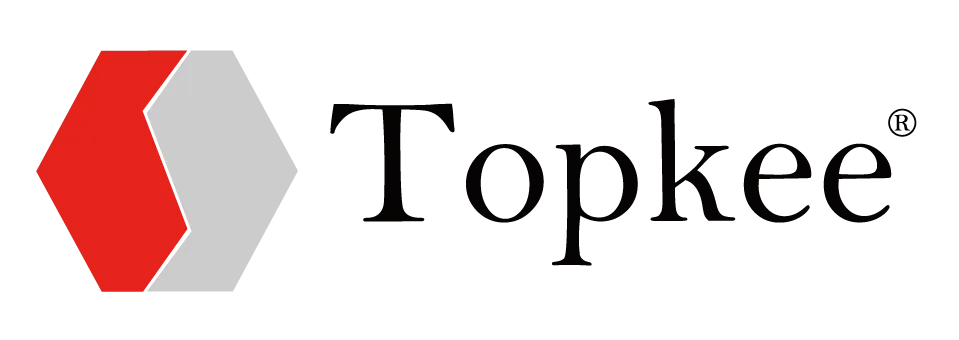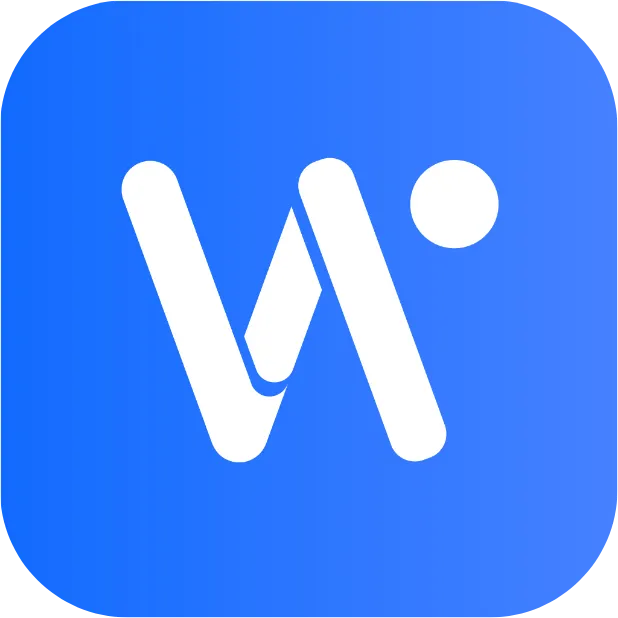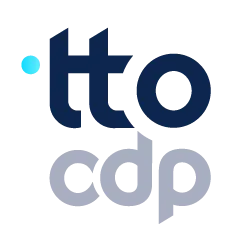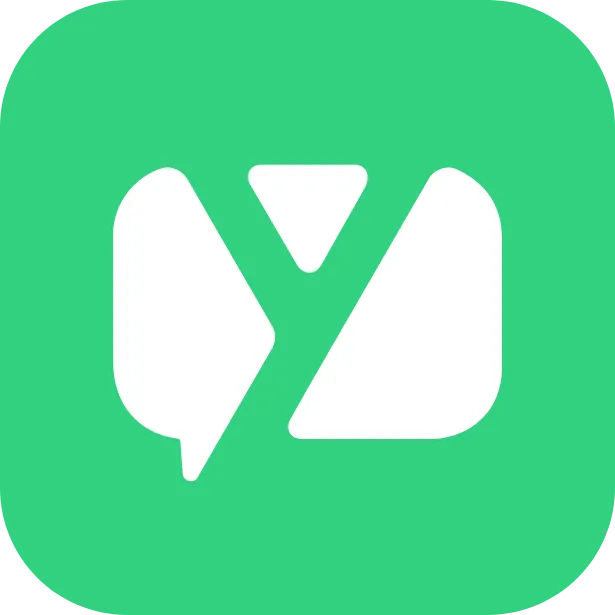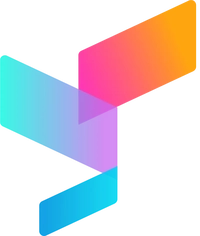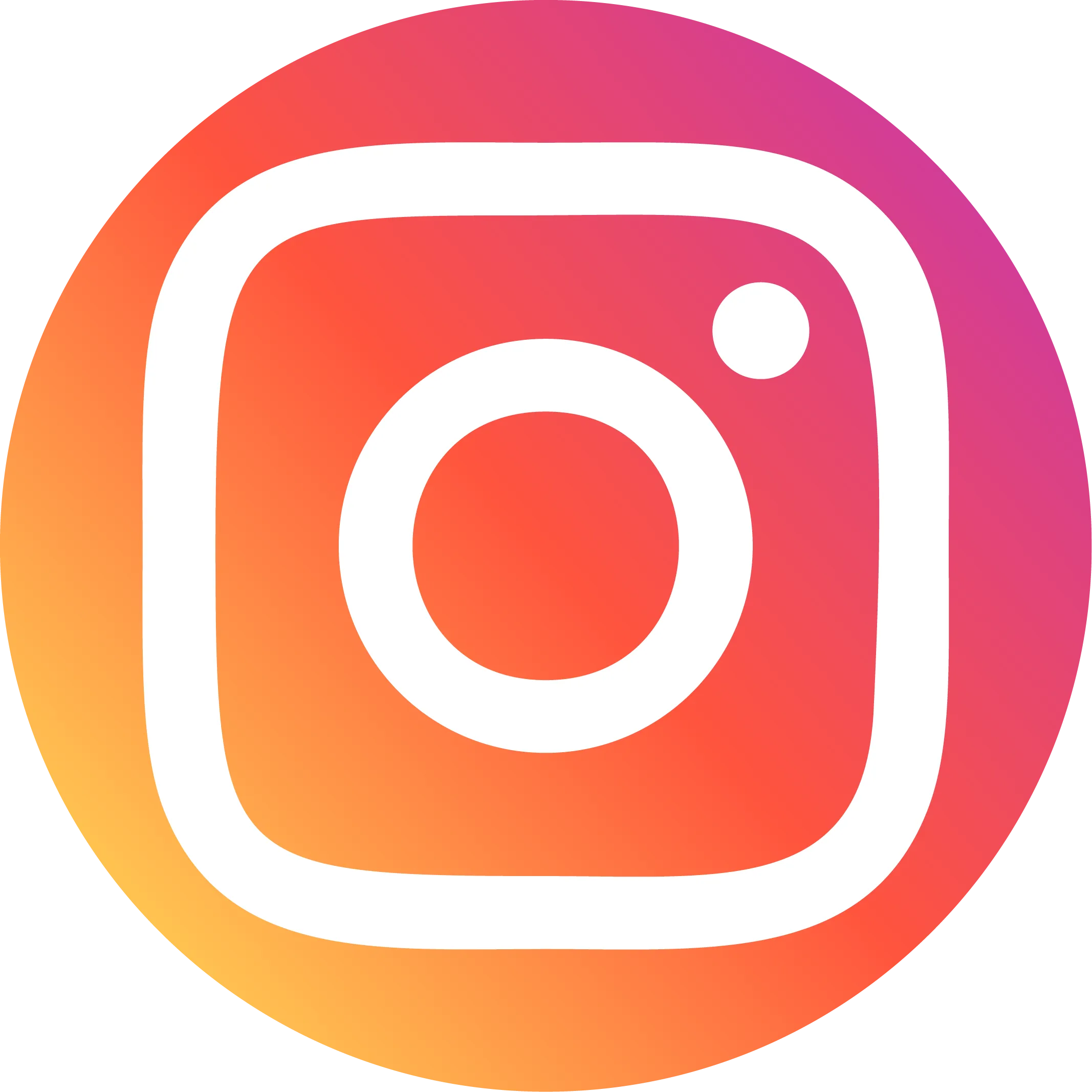SME Owners: How AI Tools Cut Google Ads Costs by 11%
In the recent years, as the cost of digital advertising continues to rise, small and medium-sized enterprises are facing unprecedented operational pressure. According to the latest industry reports, the annual growth rate of CPC (cost per click) of Google Ads keywords in popular fields such as finance, insurance, education and training has reached 15-20%, while the growth of brand word search volume has generally stagnated. This market situation of "rising costs and declining effectiveness" has forced marketers to rethink their Google Ads strategies. Fortunately,) is providing small and medium-sized enterprises with opportunities for breakthroughs-AI-driven optimization can reduce customer acquisition costs by 11% and increase advertising coverage by 2.7 times. This article will deeply analyze the operating logic and practical cases of these innovative tools to help small and medium-sized enterprises maximize the benefits of under limited budgets.
I. cost challenges faced by small and medium-sized enterprises
Today's digital advertising environment is becoming increasingly difficult for small and medium-sized enterprises, and keyword bidding in highly competitive fields has formed an "arms race" situation. Taking the tourism industry as an example, the CPC of popular destination keywords in Q4 2023 increased by 18% year-on-year, forcing companies such as homestays to pay higher fees to maintain their original exposure. What's more serious is that consumer search behavior is undergoing structural changes-the growth of brand word search volume has generally stagnated, which means that companies can hardly rely on existing brand assets to naturally acquire customers, and must invest more budget in non-brand keyword bidding. This double pressure is directly reflected in the customer acquisition cost (CAC). According to industry data, the average CAC of small and medium-sized enterprises has increased by 34% in the past two years. Traditional response methods, such as expanding keyword lists or increasing bidding caps, not only have diminishing marginal benefits, but also some customers have consumed up to 62% of their Google Ads spending on inefficient keywords without optimization. The current market situation clearly shows that traditional Google Ads strategies that rely on manual management can no longer cope with today's complex digital environment, and small and medium-sized enterprises urgently need to introduce new AI-driven solutions.

II. Three core techniques for using AI tools to reduce Google Ads costs
1. Use Gemini Advanced to enhance data analysis and delivery accuracy
Google's latest Gemini Advanced represents a huge leap forward in artificial intelligence in advertising. Its multimodal analysis capabilities can simultaneously deconstruct structured data (such as click-through rate, conversion rate) and unstructured data (such as sentiment analysis in ad copy). In practice, Gemini can automatically identify "long-tail keyword combinations" with high potential and low competition - for example, dynamically bundling semantically related but low-bid keywords such as "Tokyo Free Travel Guide" and "Sensoji Kimono Experience" reduces CPC for customers by 9% while keeping the conversion volume unchanged. More importantly, its predictive model can dynamically adjust bidding strategies based on time period, device type and even weather conditions. Civitatis' case shows that this contextualized bidding increased the conversion rate of weekend ads by 23%.
2. Integrate Demand Gen campaigns to achieve cross-platform automated optimization
The innovation of Demand Gen lies in breaking the barriers of platforms. Through a single Google Ads campaign, you can cover all touchpoints such as YouTube, Discover, and Gmail. Its core advantage is the "creative intelligent combination" technology - the system automatically reorganizes the pictures, video clips and copy elements uploaded by the company, generates thousands of variations and continuously eliminates inefficient combinations. B&B Hotels' actual test data shows that this AI-driven A/B test increases the click-through rate of ads by 37%, and reduces waste by 19% because the system automatically suspends poorly performing variations. The key to operation is to provide a "material seed library": upload at least 5 visual materials and 10 sets of copy variations to give AI enough basis for permutation and combination.
3. Use AI-driven dynamic material combination to improve click-through rate
Dynamic material optimization (DCO) technology has evolved to a new level and can now adjust presentation based on users' real-time behavior. When the system detects that a user has browsed a specific product page but has not converted, it will automatically strengthen the USP (unique selling point) message of the product; if the user is first exposed to the brand, social certification content will be displayed first. In practice, it is recommended to adopt the "3×3 material matrix" strategy: prepare 3 types of information appeals (such as price, quality, scarcity) and 3 forms of expression (such as real-life measurements, data charts, and situational dramas) for the AI system to dynamically match audience preferences.
II. Practical case analysis: How AI tools specifically reduce costs
Case 1: B&B Hotels uses SA360 automation to increase revenue by 20%
B&B Hotels' transformation began with the deep integration of SA360, whose "Smart Budget Allocation" function instantly shifts funds from saturated markets to high-potential regions. When the system detects that the conversion cost of the Bangkok market is lower than the preset threshold, it automatically reallocates part of the budget for Paris. This dynamic allocation increases the ROI of the Southeast Asian market by 20%. The key is to establish a "three-tier bidding rule": brand words use target CPA, non-brand words use target ROI, and new markets enable maximum conversion, and allow AI to automatically adjust the Google Ads target value within a 15% range.
Case 2: Civitatis increases coverage by 2.7 times with AI video ads
Civitatis' innovation lies in cracking the code of vertical videos. Its AI system automatically reconstructs horizontal promotional videos into vertical shorts, and intelligently identifies highlights (such as the tour guide's humorous interactions) as the first 3 seconds of hooks. The more groundbreaking "scene tagging" technology is that the system automatically inserts text labels according to the rhythm of the background music, so that key information appears in the frame where the audience is most focused. These optimizations have enabled its 18-second Google Ads to achieve a completion rate of 73%, far higher than the tourism industry's average of 52%, and ultimately brought a 2.7-fold increase in coverage.

III. Topkee’s Google Ads solution
Topkee provides professional and comprehensive one-stop solutions, focusing on helping companies increase online visibility and create real business value through digital advertising. Our service architecture covers the entire advertising cycle management from pre-evaluation to post-optimization, suitable for the needs of companies of all sizes. In the initial stage, we will conduct a comprehensive website evaluation and analysis, use the latest scoring tools to diagnose SEO structural problems, and detect the quality of page content to ensure that all information meets search engine optimization standards, laying a solid foundation for subsequent Google Ads.
On the technical level, Topkee has developed the TTO intelligent management system, which can centrally manage multiple accounts and realize complex operations such as budget association and account authorization. The system supports one-click setting of conversion events and automatically synchronizes them to the background, greatly improving data analysis processing efficiency. In response to traffic tracking needs, we use TM technology, a tracking system that is more flexible than traditional UTM. It can customize tracking parameters based on multiple dimensions such as advertising source, media type, and event name, generate exclusive TMID links, and accurately grasp the conversion results of each channel.
In the strategy planning stage, our professional team will cut into the market from multiple angles such as competition analysis and market trends based on the characteristics of the customer's industry, and produce highly relevant marketing theme proposals. Keyword research uses advanced analysis tools. In addition to basic core words, it also integrates competitor vocabulary and long-tail keyword extensions, and cooperates with intelligent bidding strategies and matching mode optimization, to ensure that accurately reach the target audience. In terms of creative production, AI technology and professional design teams are combined to generate high-conversion graphic materials based on product characteristics and market dynamics, maintaining the innovation and visual appeal of content.

Conclusion
In an era of structurally rising digital advertising costs, AI tools have become an essential weapon for small and medium-sized enterprises to maintain their competitiveness. From video strategy to automated optimization, empirical cases show that intelligent technology can achieve the dual goals of "reducing costs" and "improving results" at the same time. Importantly, these solutions are no longer exclusive to large companies - Google's existing tools have significantly lowered the threshold for AI applications. Business owners are advised to work with professional consultants as soon as possible to develop a Google Ads implementation path that meets their budget and business goals, and seize growth opportunities in a changing market.
